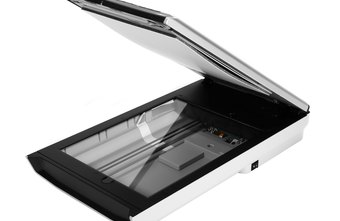Identifying
a processor
The Microprocessor requires information to process the data.
It retrieves this information from the external memory such as RAM. This
process of retrieving the instruction from the memory is time consuming and
slows down the processing. The latest microprocessors have memory known as
Level 1 (L1) cache built into the microprocessor. Microprocessor stores
required information in this cache.
To identifying a processor you need to know following
factors:
Clock
Speed
Front Side Bus (FSB)
L2 Cache
Clock Speed:
The speed of
microprocessor depends on various factors, such as the number of instruction it
processes, the bandwidth and the clock speed. An instruction is a command that
the microprocessor executes. The clock speed specifies the speed at which the
microprocessor processes an instruction. The clock speed of the microprocessor
varies from 66MHz to 3.8 GHz.
The speed of
microprocessor also depends on the number of transistors built into the
processor. The Transistors in the microprocessor boost the data signals on the
processor. The advancement in technology has reduced the size of the
transistors and have increased the processing speed of the processor.
Front Side
Bus (FSB): FSB
refers to the bus that connects the CPU to the system memory. It is also known
as the System Bus Memory Bus. It measures the speed at which the CPU
communicates with the RAM. FSB connects the CPU to the north bridge of the
motherboard. North Bridge holds the memory controller and allows the processor to
communicate with the memory. FSB speed range from 66 to 1333 MHz. The speed of
FSB can be set up using the bios setup program or using the Jumpers on the
motherboard.
Types of
Processor:
Hyper Threading
Intel
Celeron
Intel
Core2Duo
Corei3
Corei5
Corei7
AMD
Troubleshooting Processor issue:
Overheating issue:
Check that the processor
fan is installed and functionally properly.
Ensure that heat sink
compound or thermal paste is properly in contact with the processor and the
heat sink assembly and is not dried up. If it is dried up then dab some thermal
paste on the top of processor.
Check the Jumper
settings on the motherboard and the BIOS settings to see that the
microprocessor is not over clocked. If over clocked, restore the BIOS settings
to default settings.
Slow Processing or
Hanging issue:
Clean the system by the
help of a hand blower.
Use a thin layer of heat
sink compound on the top of the processor.
Check whether the
microprocessor is compatible with the motherboard by referring to the manual,
Check the CPU fan
whether it’s properly rotating at its recommended speed. Clean the fan.
Check the jumper
settings on the motherboard and the bios settings of the microprocessor and
change to default setting.
Check if the
microprocessor supports the applications that are running.
No Display issue:
Check whether the CPU
fan is functioning properly.
Ensure that the
processor with heat sink assembly is properly installed.
Clear the CMOS and
check.
Check if processor is
getting core voltage. Put your index finger on top of the processor so that you
can understand whether processor is getting voltage or not. If it is not solve
then power section problem.







0 comments:
Post a Comment